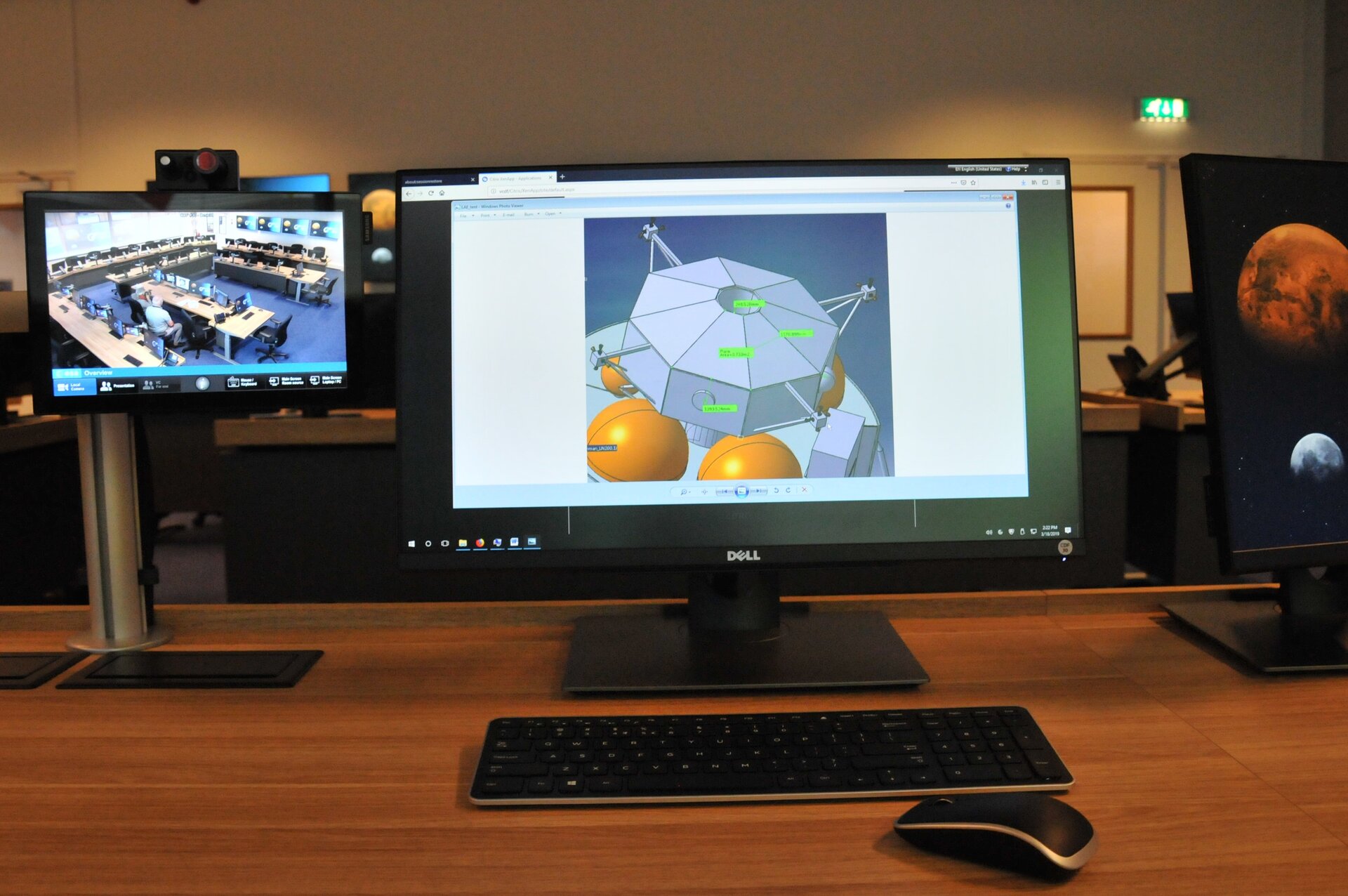Design Stations 2/2
The structural engineer designs the supporting structure for the spacecraft. This includes analysing the launch and operational environment to ensure that all components are properly supported and can survive the structural loads which they will undergo. The structural engineer creates CAD models of each component and assembles them in a master file that represents the geometry of the entire spacecraft.
Structural Engineering
Attitude and Orbit Control System (AOCS)

The AOCS engineer is responsible for the system that will enable the spacecraft to determine and control its position and orientation throughout the mission. He/she will design sensors to measure attitude and actuators to change attitude, to ensure that the craft always points in the desired direction. AOCS works closely with propulsion to ensure the spacecraft can perform all required manoeuvres.
Propulsion
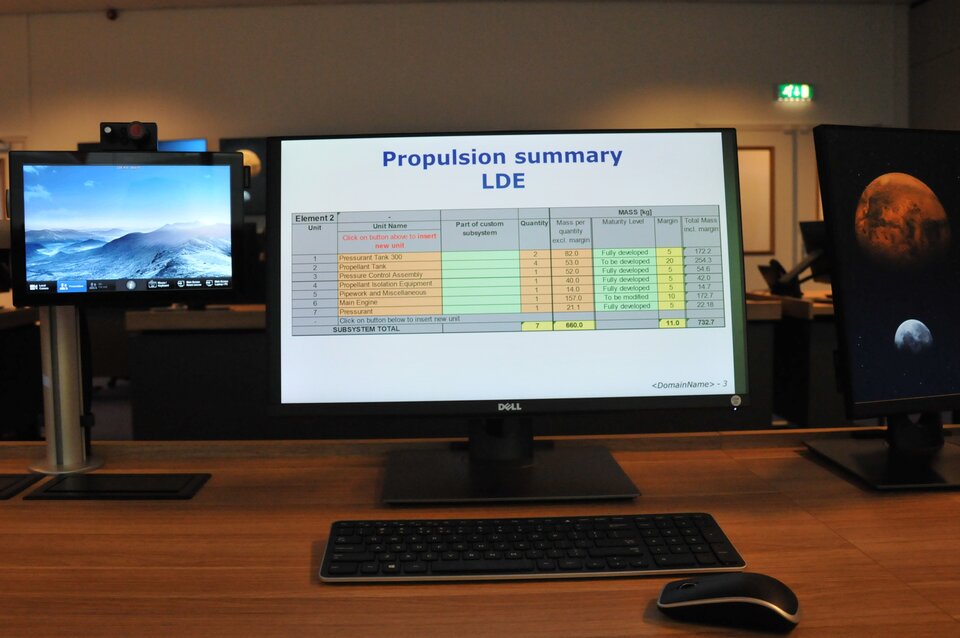
The propulsion engineer is responsible for the engine design, which enables the spacecraft to perform manoeuvres throughout the whole mission lifetime. He/She is responsible for selecting and calculating the propellant required for the mission, selecting a tank to hold the propellant, and creating a preliminary design for the pumps, valves and pipes to supply the engines.
Communications

The communications engineer is responsible for designing a system to allow the spacecraft to communicate with Earth. He/She interfaces with many disciplines in the study which are involved in handling, transmitting, and receiving data, in order to properly size the antenna(s) and supporting hardware.
Data Handling

The CDF data handling engineer is responsible for the on-board system for collecting, interpreting and recording of data on the spacecraft. He/she analyzes the objectives of the mission and determines the required data processing and storage capability of the spacecraft, prior to data being sent to Earth. The data handling engineer specifies the required components (processing units, memory storage device, etc) and a data bus to interface other subsystems to the central processor.
Power
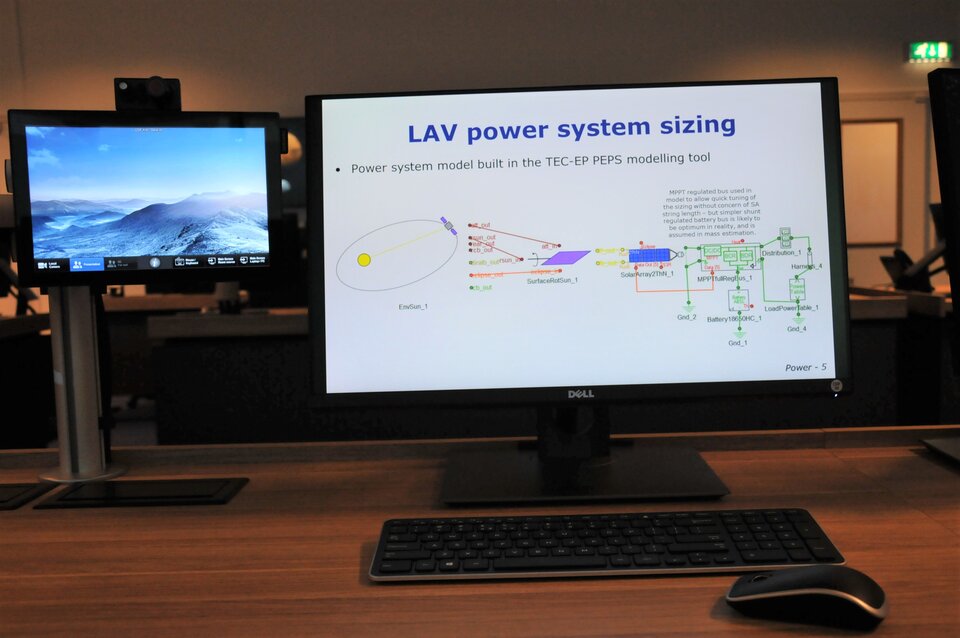
The electrical engineer is responsible for designing the power system on the spacecraft. He/she analyses the power requirements for each subsystem and determines the overall power consumption profile of the spacecraft. With knowledge of the operational environment of the mission, the electrical engineer selects and sizes the power generation system (solar arrays, primary cells), calculates the required battery capacity, and generates specifications for the power handling system.
Thermal Control
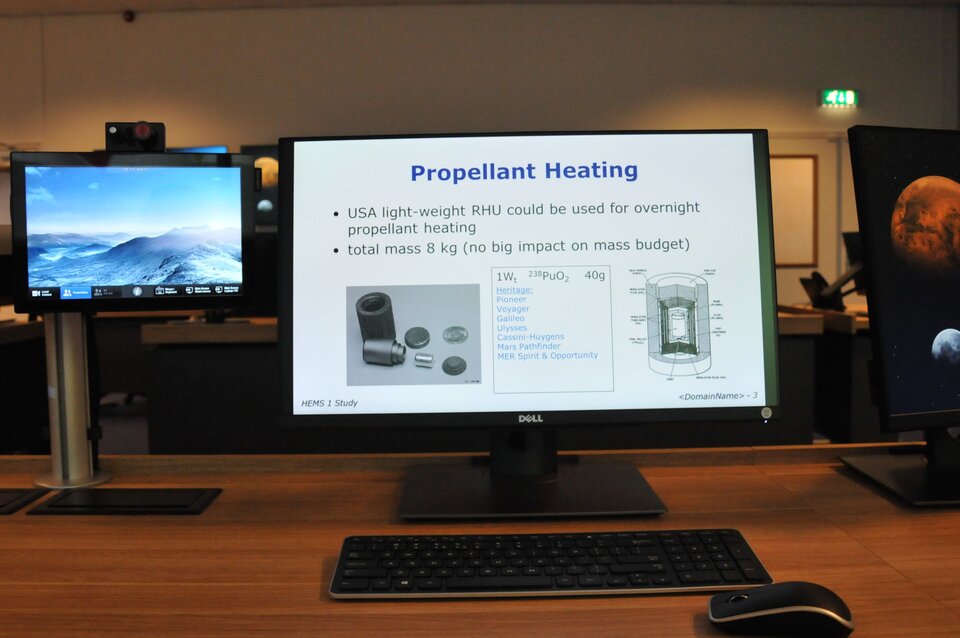
The thermal engineer is responsible for ensuring that components onboard the spacecraft are kept within their operating temperature ranges. He/She analyses the mission profile to determine the effect of the operational environment on the spacecraft, and designs active and/or passive units to control temperatures throughout the spacecraft. This is especially critical for science instruments, which often have strict thermal control requirements.
Mechanisms and Pyrotechnics
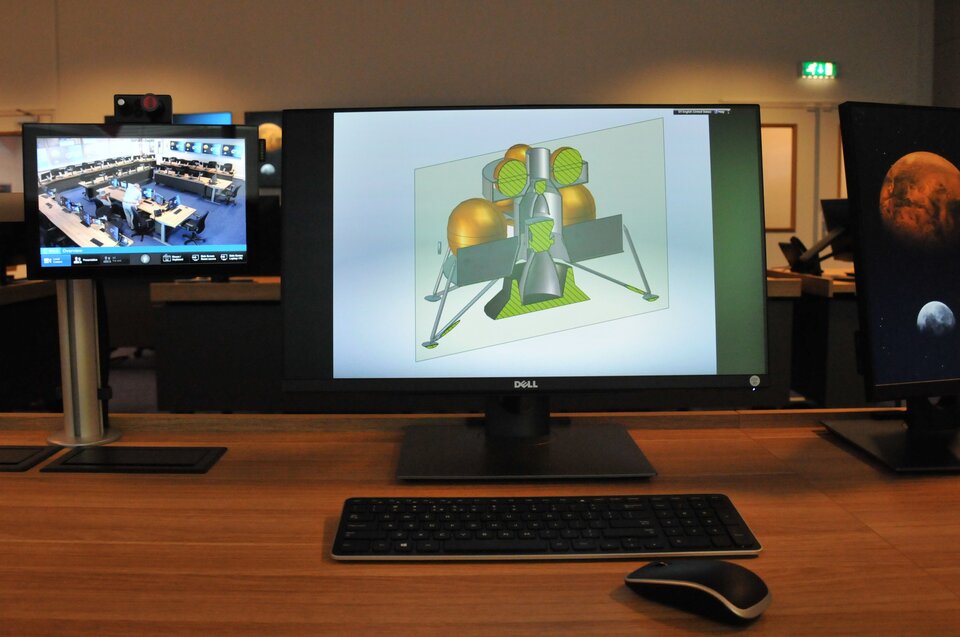
The mechanical engineer is responsible for the design of all mechanical components on the spacecraft. He/she will provide options for moveable parts that are required for (e.g. an antenna pointing mechanism) and select one based on mission and/or subsystem requirements.
Instruments

The instruments engineer is responsible for all science instruments installed on the spacecraft. He/She defines the interface between the instruments and the spacecraft, and interacts with the systems engineer and other disciplines to ensure that requirements relating to the instrument are satisfied.
Technical Author, YGTs and Stagiaires
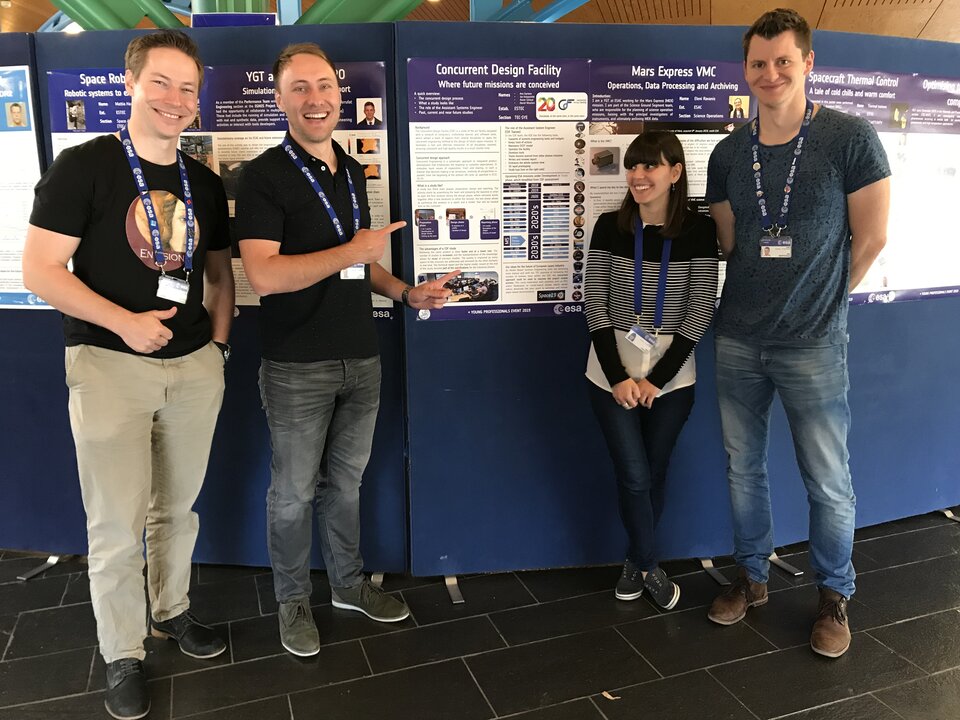
The technical author works closely with the team leader, the customer and the system engineer throughout the whole study. During the studies, the technical author’s tasks include the minuting of the design session discussions and results and the production and editing of all the final study documentation (e.g. the technical and cost reports, the study final presentation, etc.).
The technical author also takes care of the production and editing of all the technical documentation related to the CDF itself and its utilisation, such as the various technical domain workbook user manuals, or the CDF user manual.
The YGTs and Stagiaires do too many tasks within the CDF to list them. They assist in all the studies as assistant system engineers and support many CDF activities such as rapid prototyping, model preparation, software management etc.


